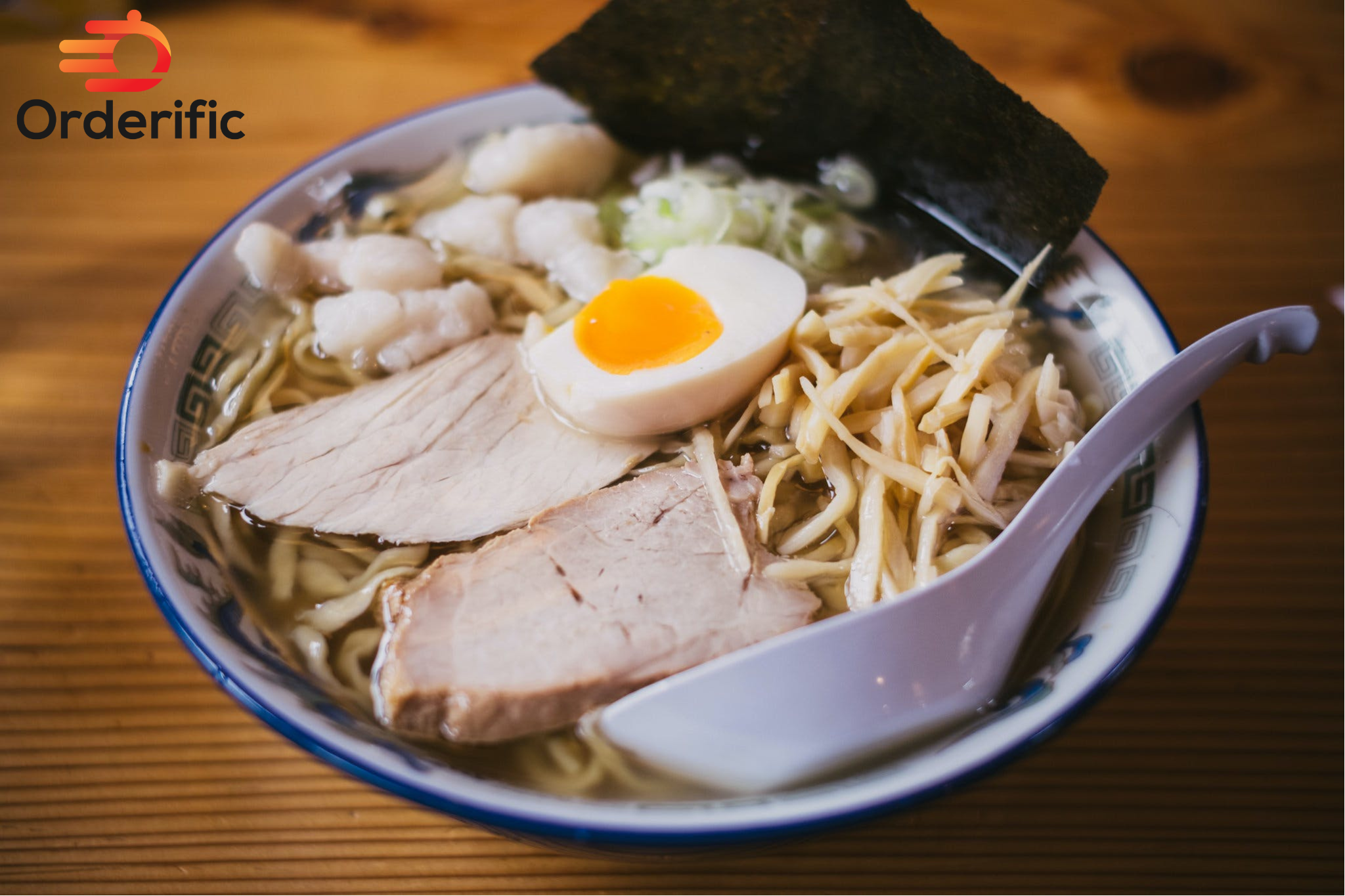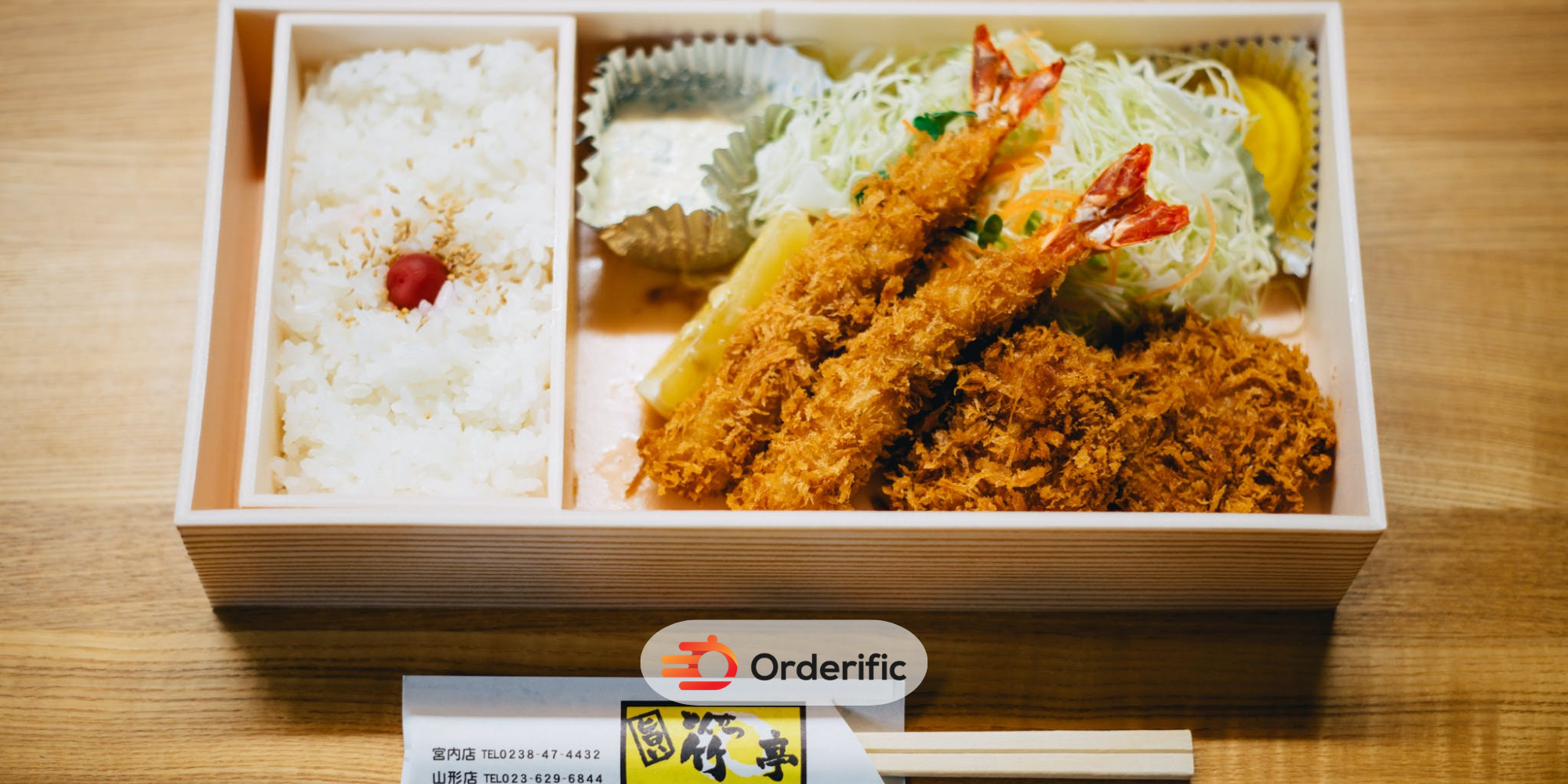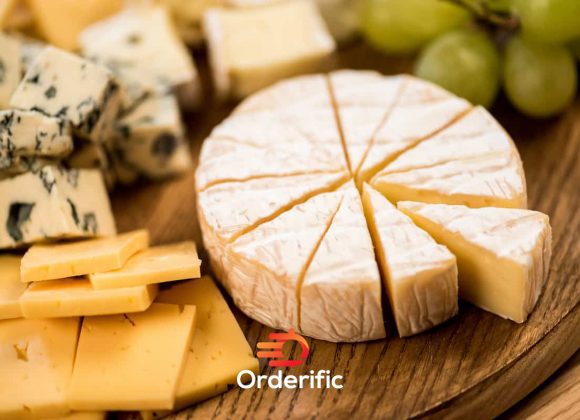What is tempura? Explore this popular Japanese dish’s history, ingredients, and cooking techniques.
Have you ever enjoyed a light, golden, crispy treat that feels airy and flavorful? You’ve most likely savored a dish known globally as tempura.
What is tempura? Hailing from the land of the rising sun, It is a classic Japanese delicacy that has won the hearts and palates of foodies worldwide.
This guide explores the fascinating world of tempura – its history, evolution, variations, and how it differs from other fried foods. Whether you’re a seasoned gourmand or a curious culinary explorer, let’s embark on a delectable journey that uncovers the many facets of this popular Japanese dish.
The History
Its origins trace back to the 16th century when Portuguese missionaries introduced the concept of frying food in the batter to Japan. The word ‘tempura’ comes from the Latin phrase ‘quattuor tempora,’ which translates to ‘four times.’
This refers to the four religious observances when Catholics abstain from meat, turning to vegetables and seafood. Over time, this culinary tradition evolved, melding with Japanese cooking techniques and aesthetics to give birth to what we know and love as tempura today.
The Evolution
While it was initially a simple meal prepared by commoners, it gradually climbed the social ladder, finding its way into the noble classes’ kitchens. It soon morphed into an art form, with chefs striving to create a batter as light as air, resulting in a delightfully crispy and delicate dish.
From the bustling streets of Tokyo to the upscale omakase restaurants, tempura has established itself as a cornerstone of Japanese cuisine. Today, it’s celebrated worldwide, not just as a dish but as a representation of Japanese culinary philosophy – simplicity, sophistication, and respect for ingredients.
What is the Difference Between Tempura and Fried Food?
While it may appear similar to fried foods, tempura differs in many ways. The difference lies in the batter, the frying technique, and, most importantly, the philosophy behind it. Tempura batter, made with cold water and wheat flour, is designed to be light and airy, unlike the heavier, more substantial batters found in western frying.
Furthermore, tempura is quickly deep-fried in hot oil, ensuring a crispy exterior while retaining the ingredients’ fresh flavor. Lastly, tempura embodies the Japanese respect for natural flavors, highlighting the ingredients’ essence rather than masking it.
Different Types
In the world of Japanese cuisine, tempura holds a special place for its simplicity and flavorful versatility. Almost any ingredient can be transformed into a tempura delight, from vegetables to seafood. If you’re a fan of that golden, crispy, airy batter and are wondering what all you can enjoy in this form, you’re in for a treat.
This blog post will delve into the various types of tempura, exploring traditional favorites and innovative variations. Let’s dive into this fascinating world, one delicious bite at a time.
Ebi (Shrimp)
Let’s start with a classic choice – Ebi tempura. A global favorite, Ebi tempura boasts large, succulent shrimp enrobed in a light and crispy shell. When you bite into it, the crunch of the batter gives way to the tender, sweet taste of the shrimp, making for a delightful contrast. Served with a tangy dipping sauce, Ebi tempura is a true seafood lover’s dream come true.
Kakiage
Moving onto a version that’s all about variety – Kakiage Tempura. This form of tempura uses a mix of finely chopped vegetables and bits of seafood, all held together by the tempura batter. The resulting dish is a delicious medley of tastes and textures, each bite offering a delightful surprise. It’s often enjoyed with a bowl of warm rice or noodle soup.
Egg Tempura
Less common but equally delicious is Egg Tempura. Imagine a perfectly fried egg, runny yolk and all, coated in a tempura batter and quickly fried. The crispy shell encases a velvety egg, creating a unique tempura experience. Egg tempura is a testament to the versatility of this dish, proving that even the most humble ingredients can be elevated in the right hands.
Vegetable Tempura
Next up is Vegetable Tempura, a vegetarian’s delight. There’s a world of possibilities when it comes to vegetables for tempura. Each veggie brings its distinct taste to the table, from sweet potatoes to bell peppers to broccoli. The tempura process accentuates their flavors, creating a dish that’s both delightful and varied. Whether enjoyed as an appetizer, side dish, or even a light meal, vegetable tempura is sure to satisfy.
Shiso
For those who like to venture off the beaten path, there’s Shiso Tempura. Shiso, a Japanese herb with a flavor that’s a cross between mint, basil, and anise, makes for a unique variety. When deep-fried, the shiso leaves’ distinctive taste combines with the light, crispy batter to create an unforgettable flavor experience.
Sakana (Fish Tempura)
We are calling all seafood fans! Sakana Tempura allows you to enjoy an array of ocean flavors. Almost any fish can be transformed into a delicious dish, from white to salmon. The fish’s natural flavors pair wonderfully with the batter’s lightness, making Sakana Tempura a must-try for seafood lovers.
Kakiage Donburi
Kakiage Donburi takes it from a snack or side dish to the main course. It’s a meal in a bowl featuring Kakiage Tempura (a medley of chopped veggies and seafood) served over a bed of warm, fluffy rice. It’s filling, comforting, and hits all the right flavor notes.
Toriten (Chicken Tempura)
Finally, discuss a regional variant – Toriten. Originating in Oita, Toriten showcases minor cuts of succulent chicken delicately marinated, enveloped in a flawless batter, and fried to impeccable crispiness. This delectable dish is commonly relished with a zesty dipping sauce, earning its rank as a beloved comfort food among numerous enthusiasts.
How to Enjoy It?
There are various delightful ways to enjoy it – a tasty standalone treat, a delectable main course, or even a lovely addition to sushi rolls. It is typically accompanied by a delicious dipping sauce made from soy sauce, mirin, and a freshly grated daikon radish. The slightly sweet and umami-rich sauce perfectly complements its light and crisp nature.
Conclusion
From a simple meal of the common folk to a gourmet delicacy enjoyed worldwide, it has come a long way. It showcases Japanese culinary genius and dedication to celebrating each ingredient’s natural flavor. Whether you want a crisp vegetable dish at your local Japanese eatery or revel in an Omakase Tempura Course Meal, its delightful crunch and delicate flavor will surely win your heart.
In case you want more content like this, visit Orderific right now!
FAQs
What is the history and origin of tempura, and how did it become popular in Japanese cuisine?
The origins can be traced back to the 16th century when it made its way into Japan through the arrival of Portuguese missionaries.
Can you explain the basic process of making tempura, including the choice of ingredients and frying methods?
Making it involves reating a light batter with cold water and wheat flour, dipping ingredients like seafood or vegetables, and quickly frying them in hot oil.
Are there any notable tempura variations found in other cuisines or cultures worldwide?
While it is quintessentially Japanese, its concept of batter frying has found its way into other cuisines.
What are some tips or tricks for achieving a light and crispy tempura texture when preparing it at home?
The key to light, crispy dish lies in the batter and the frying technique. Always use cold water for the batter to prevent gluten formation, which can make the batter heavy.













